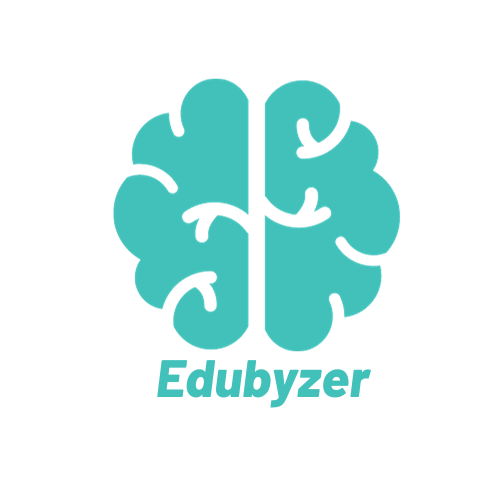Full Form of Computer
The term “computer” stands for “Common Operating Machine Purposely Used for Technological and Educational Research.” This acronym emerged during the genesis of computers in the mid-20th century, when these machines were primarily employed for scientific and military research purposes. The designation “computer” encapsulated their primary function: handling complex calculations and managing vast amounts of data.
What does “computer” mean?
In today’s contemporary society, computers have become indispensable tools, deeply integrated into various aspects of daily life. From professional tasks to leisure activities, communication, and educational endeavors, computers serve multifaceted roles. Despite our familiarity with the term “computer,” its full meaning might not always be apparent. This article aims to delve into the essence of the word “computer” and elucidate its operational dynamics.
Unraveling the Functionality of Computers
At its core, a computer operates as an electrical device, orchestrating a series of instructions termed software. Its hardware ensemble encompasses essential components such as the central processing unit (CPU), random access memory (RAM), hard disk drive (HDD), and input-output (I/O) devices. When a user issues a command, the CPU undertakes its execution, fetching the requisite data from either the RAM or HDD. Subsequently, the output manifests on the display screen or emanates through audio speakers.
In essence, the evolution of computers has transitioned them from specialized research tools to indispensable companions in everyday life, empowering individuals across diverse domains. Understanding the intricate workings behind these machines not only demystifies their functionality but also fosters a deeper appreciation for their pervasive influence in contemporary society.
Exploring Different Types of Computers
Computers come in a diverse array, each falling into one of two primary categories based on their size and data processing capabilities.
Categorization by Size:
- Supercomputer
- Mainframe Computer
- Minicomputer
- Workstation
- PC (personal computer)
Categorization by Data Handling:
- Server Computer
- Analog Computer
- Digital Computer
- Hybrid Computer
- Tablets and smartphones
Understanding the functions of computers
While the term “computer” in its entirety might not fully encapsulate its capabilities, computers perform a range of fundamental tasks beyond mere calculations and computations.
Input:
The input function allows computers to receive data from users through input devices like keyboards, mice, etc.
Data Processing:
Once data is received through input devices, it undergoes processing by the computer’s Central Processing Unit (CPU). This function, central to the computer system, involves modifying or organizing the data to produce the intended results for the user.
Control Unit (CU):
Responsible for overseeing input/output memory functions and other necessary activities for data processing.
Arithmetic Logical Unit (ALU):
This unit conducts mathematical and logical calculations essential for the CPU’s data processing functions.
Memory Unit (MU):
Handles the storage, processing, and retrieval of information required for operations, including temporary data storage.
Output:
Upon completion of data processing, the results or information are presented to users through output devices such as monitors and printers. This function serves as the final step in the computer system, delivering the ultimate outcome to users.
Frequently Asked Questions on Computers
- Does “computer” have alternative acronyms?
- While “computer” is commonly accepted in its full version, alternative acronyms exist, such as “Commonly Operated Machine Particularly Used for Trade, Education, and Research.” However, the original full version remains more widely recognized.
- Can all computers use the full form of “computer”?
- Yes, all computers, ranging from PCs to supercomputers, can be referred to as “computers.” Despite differences in size, they all engage in data processing, calculations, and instruction execution essential for technical and educational research across various sectors.
- Why is it essential to understand the “computer” acronym?
- Understanding the complete form of “computer” elucidates its function, emphasizing its widespread use, operational mechanisms, purposeful applications, technical advancements, and educational significance. Computers impact numerous facets of life, and comprehending their full form aids in understanding their significance.
- Does the full form of “computer” represent modern computers?
- While the acronym “computer” originated during the early stages of computer development, contemporary computers surpass the envisioned capabilities, catering to a broader range of tasks. Despite evolution, the core principles persist, aligning with the original full form’s representation.
